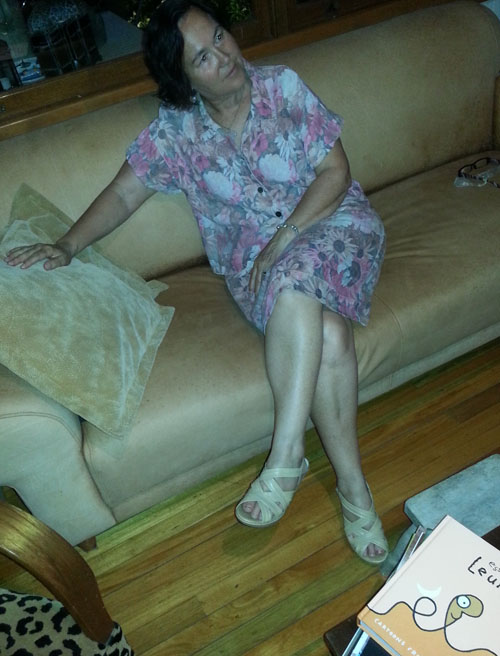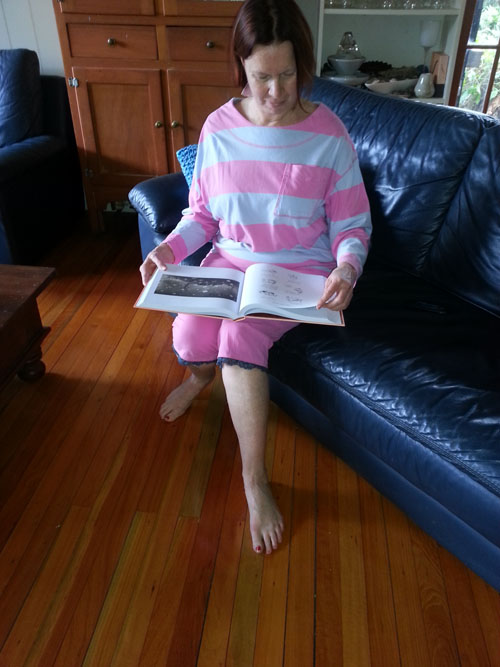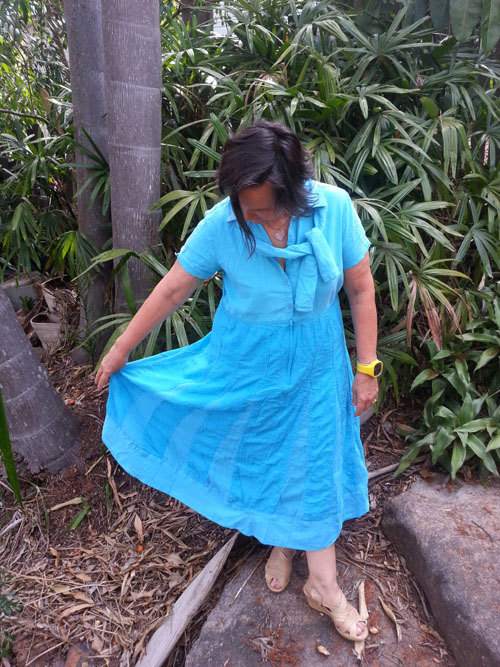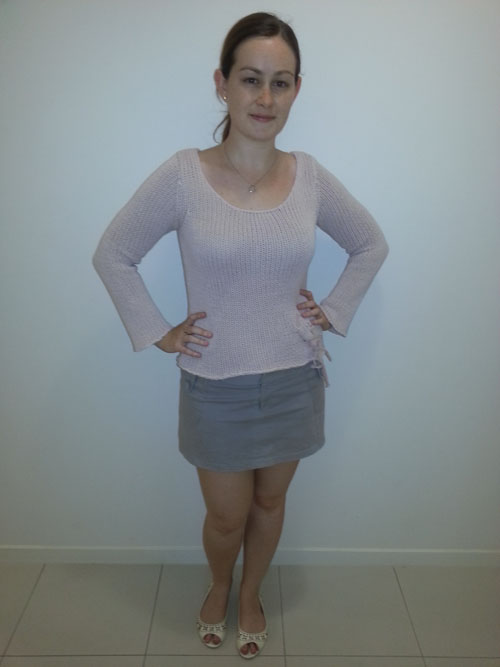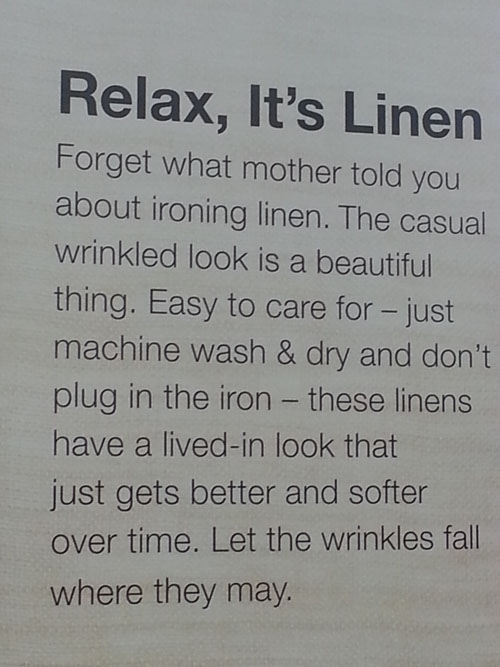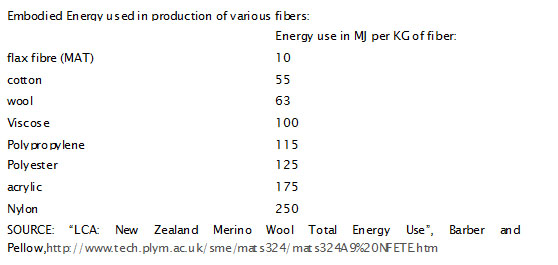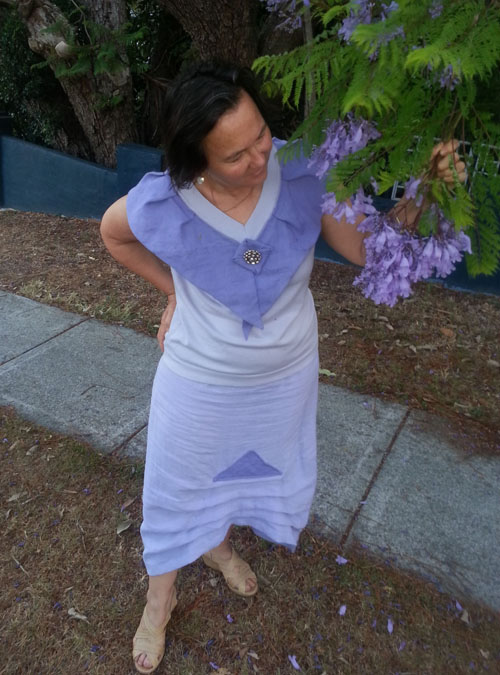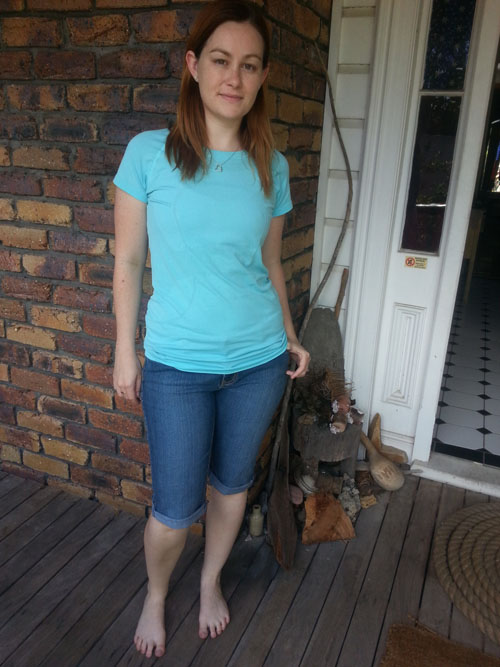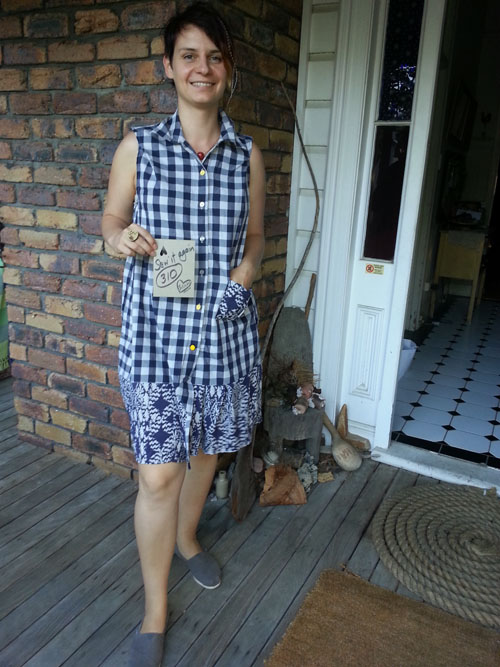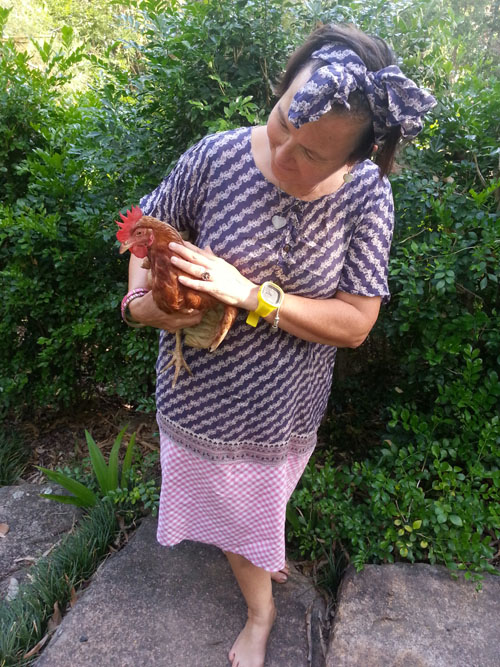 Personal empowerment is one of the best things about having a few simple sewing skills. You are never dependent on what is currently available for purchase because you can craft something that suits your need and preference.
Personal empowerment is one of the best things about having a few simple sewing skills. You are never dependent on what is currently available for purchase because you can craft something that suits your need and preference.
Own-style ticks all the slow fashion boxes of individual, creative, sustainable, ethical, natural, known provenance, comfortable – and is simply a matter of investing time and applying skills to magic something wearable out of not much.
Now on the home stretch of this Sew it Again year, I’m applying effort to refashion some loose, comfortable shifts for summer as the weather hots up in the Southern Hemisphere. Continue reading
